Types of PVC boat bottoms: characteristics and applications
In the world of inflatable rowing and powerboats, there are several different types of bottoms, each with its own characteristics and uses. Let's consider different variants of the bottom to determine the most successful variant for specific operating conditions.
Rail decking (S) (layer-mat): Rail decking is made of moisture-resistant plywood with a thickness of 9 mm or 12 mm, which is covered with an anti-slip coating. The bottom consists of several sections, usually 3 or more, which are interconnected by pockets made of PVC fabric. This type of bottom is used in rowing and motor flat-bottomed boats and partially covers the surface of the bottom. It is light weight, low cost and provides basic support.
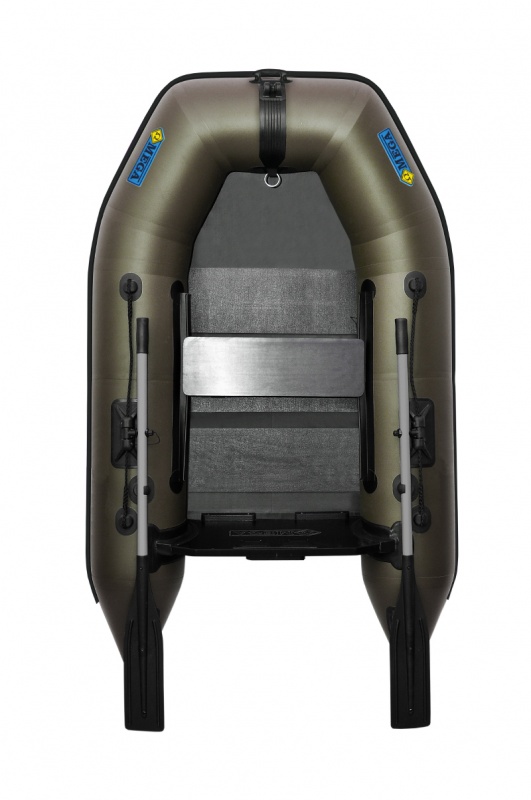 |
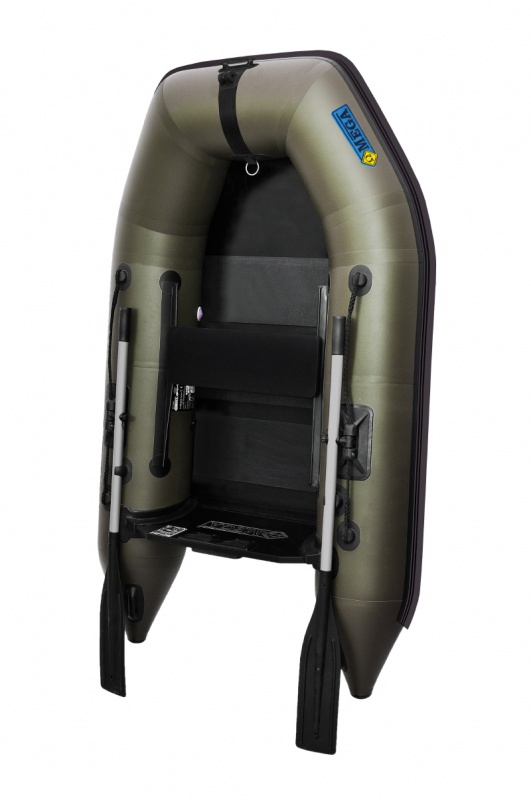 |
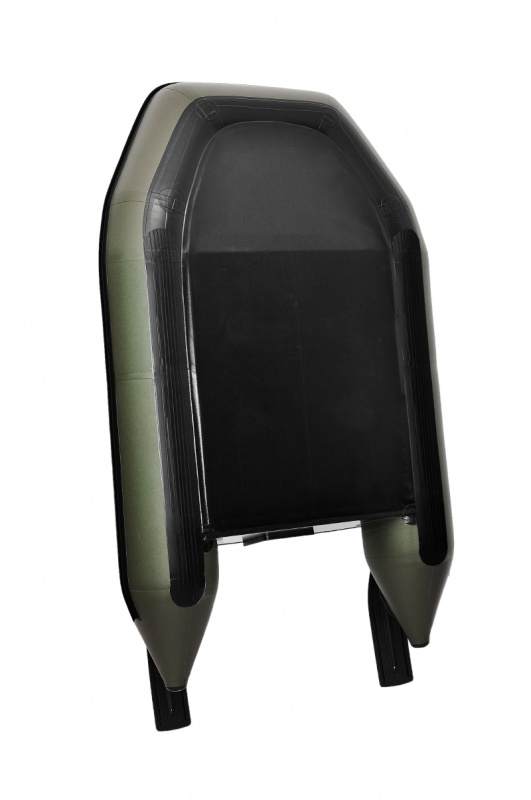 |
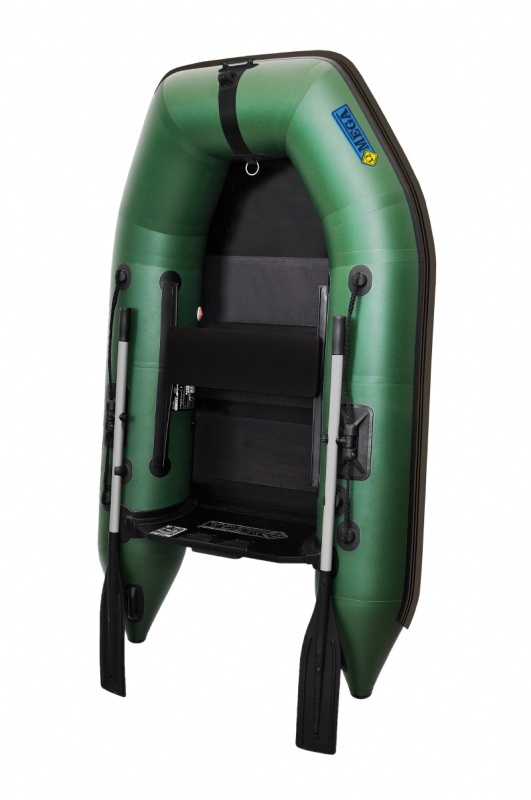 |
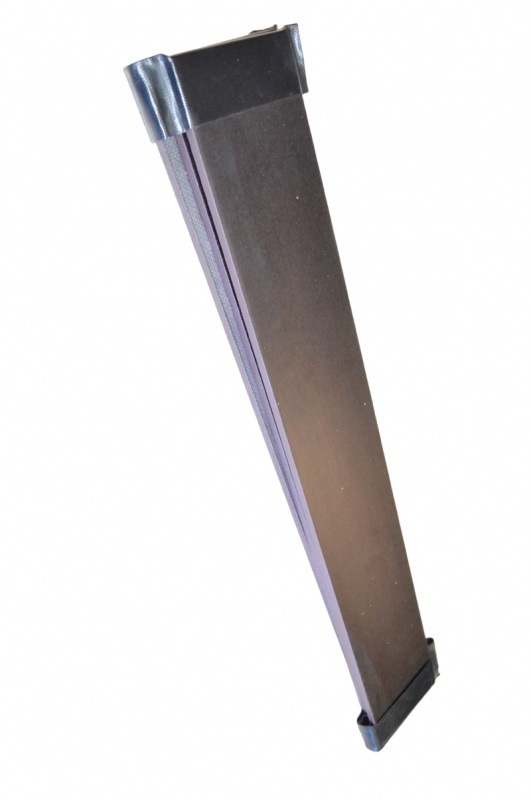 |
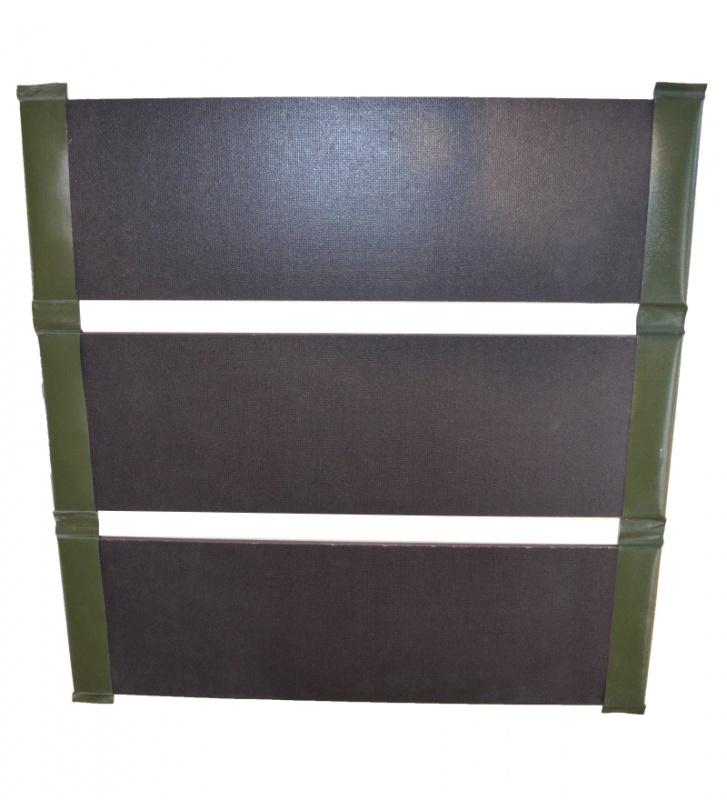 |
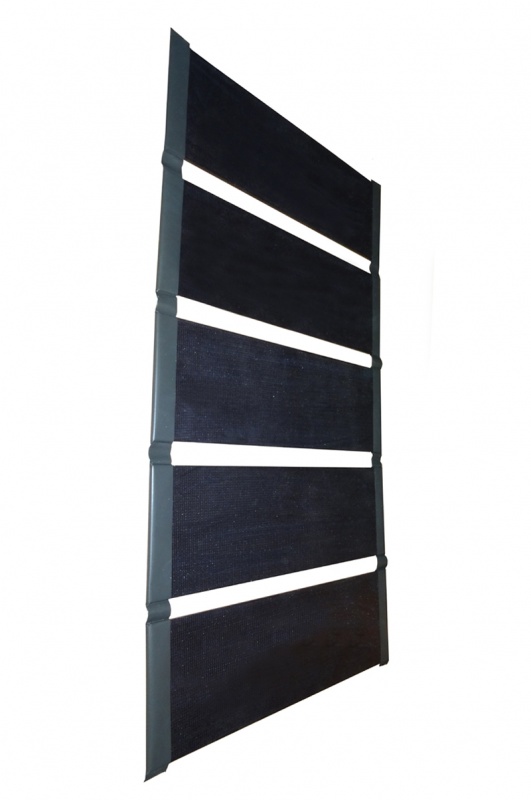 |
Slan-book (DE): Plywood is also used to make a book-slan, but in this case it has larger parts that cover the entire area of the bottom the boat This type of bottom is also used on rowing and motor boats. It provides greater rigidity compared to slatted flooring, but it is inferior to rigid payol.
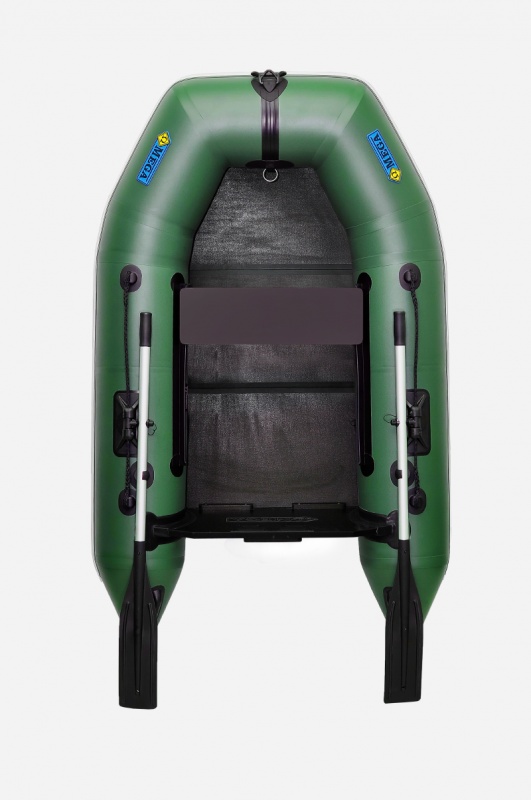 |
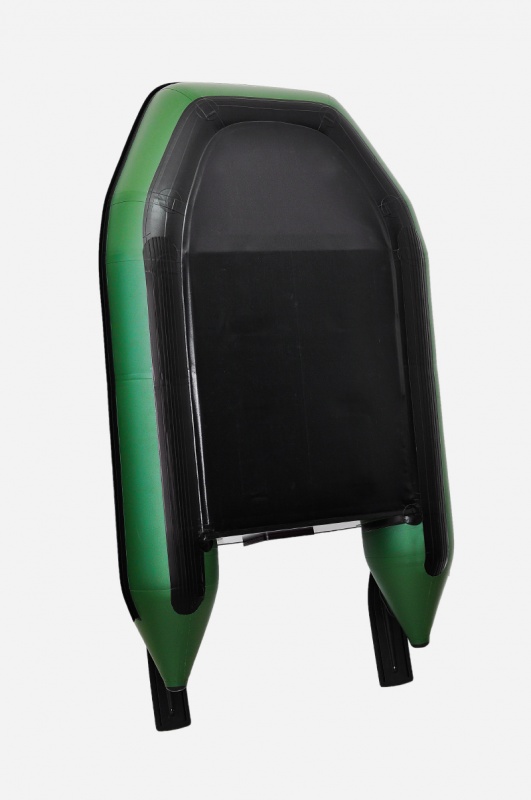 |
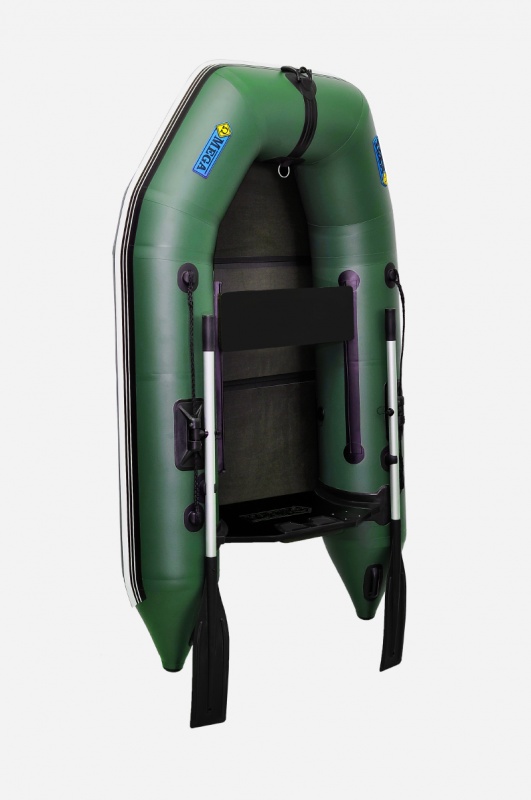 |
 |
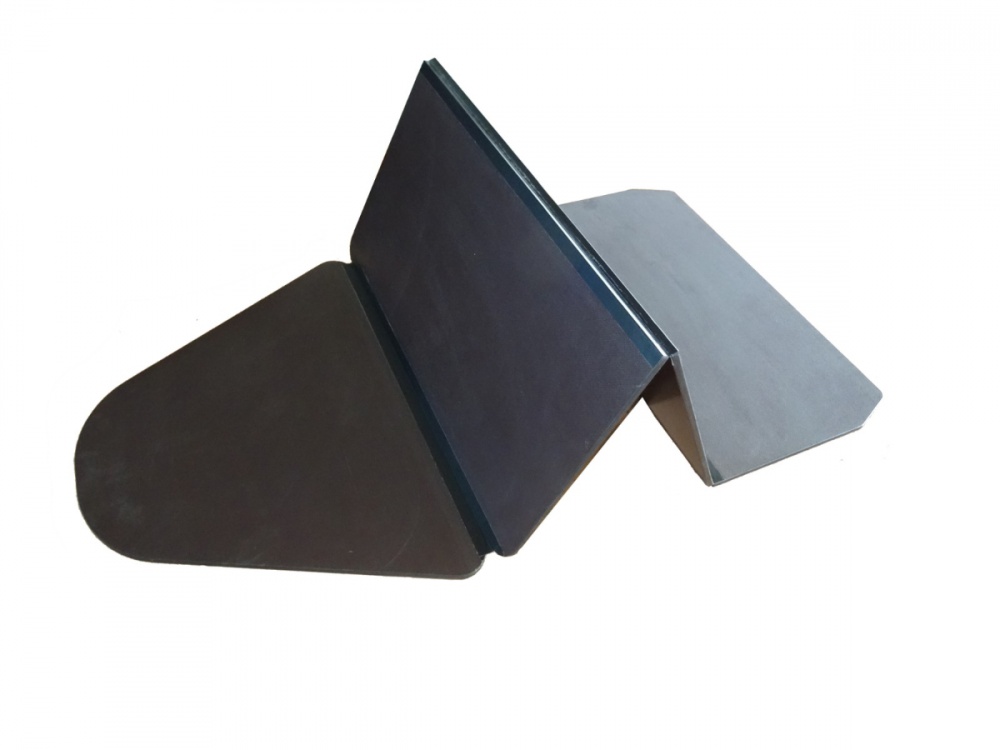 |
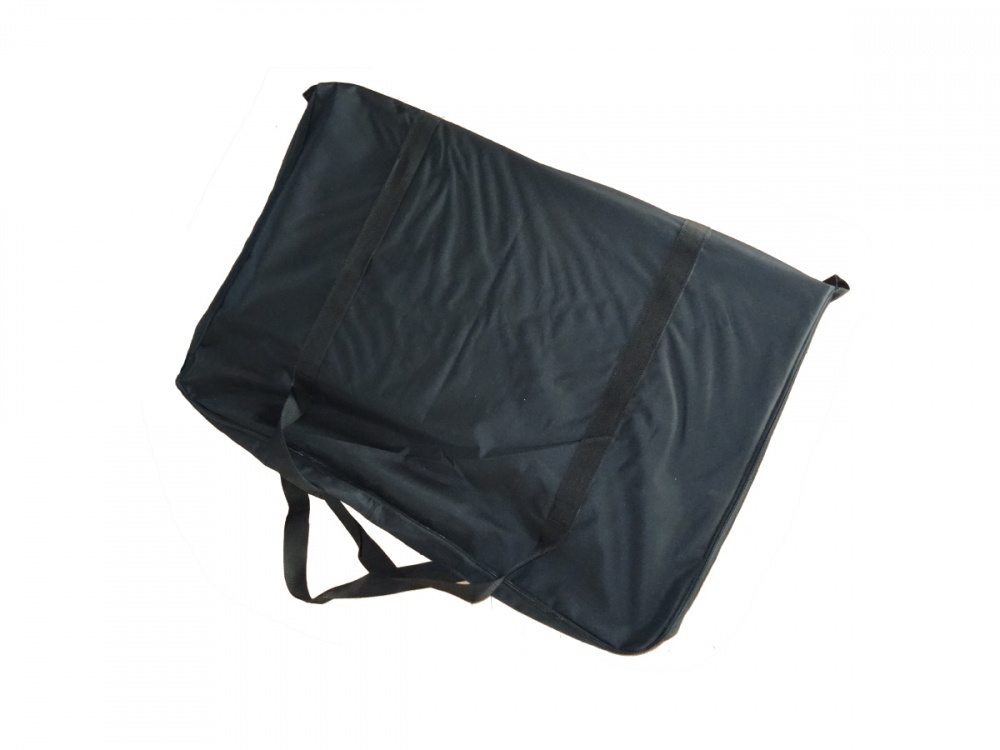 |
Plywood Rigid Paiol (PFA): Plywood with a thickness of 12 mm or more, durable and wear-resistant aluminum profile is used to create a rigid paiol. Such a bottom is used for keel motor boats. The parts of this paiola are connected to each other by special profiles (for example, H-shaped and U-shaped). The number of sections varies depending on the boat model. Stringers can be used to provide additional rigidity of the paiola, which connect the parts of the paiola to each other and provide a monolithic structure. Rigid plywood ply has the greatest rigidity, which is especially important for keel motor boats, improving their running qualities. However, it should be taken into account that this type of bottom has more weight and a longer installation-disassembly time compared to a slan-book and an inflatable paiol.
 |
 |
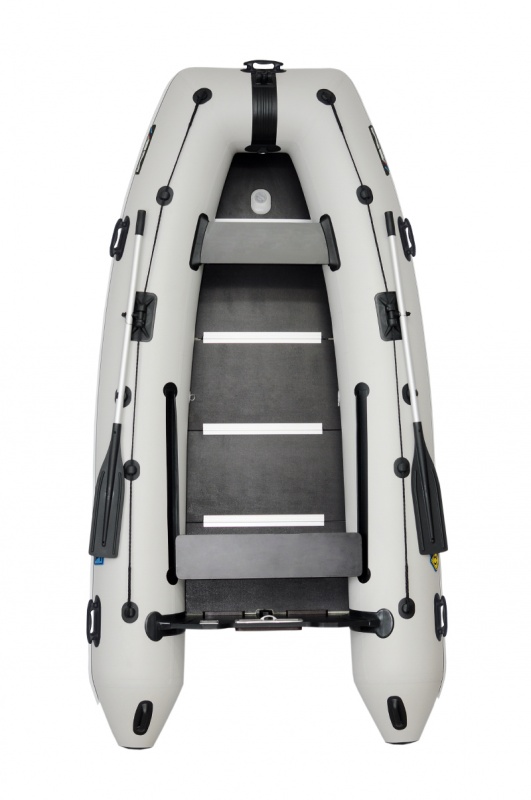 |
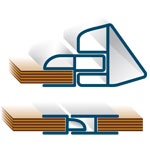 |
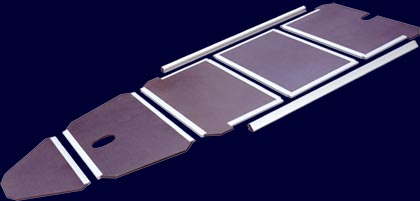 |
Rigid payol from aluminum profiles – clapboards (ALF): This type of payola is similar to a hard plywood bottom, except that its main sections (except for the bow) are made of aluminum profiles. The rigid paiol made of aluminum profiles has the highest rigidity and, accordingly, provides the best driving qualities. In addition, this bottom is the most durable. However, it is worth noting that it is the most difficult option and has the highest cost.
 |
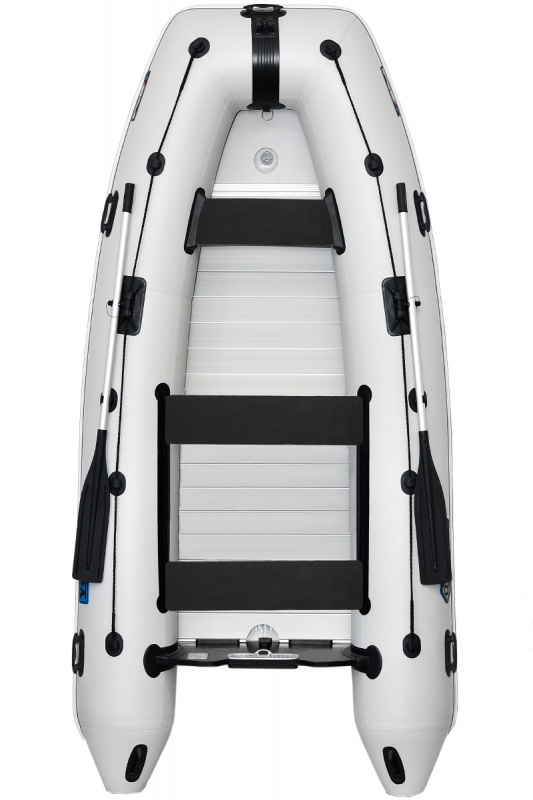 |
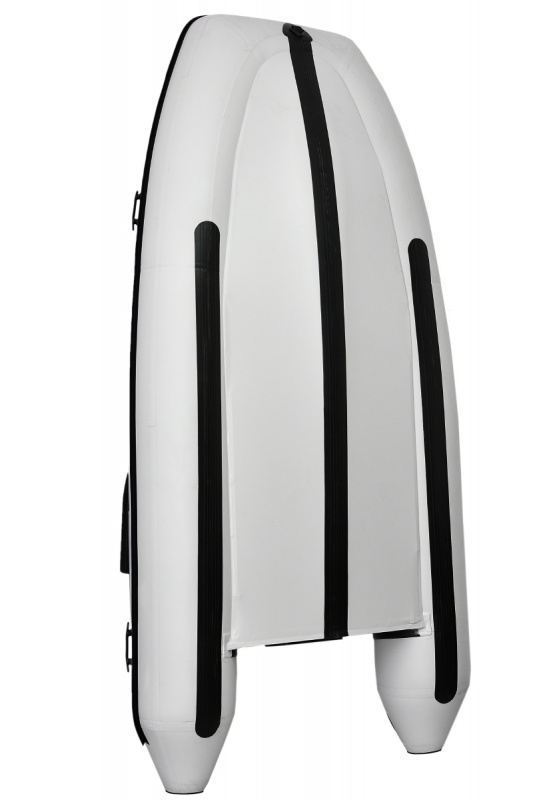 |
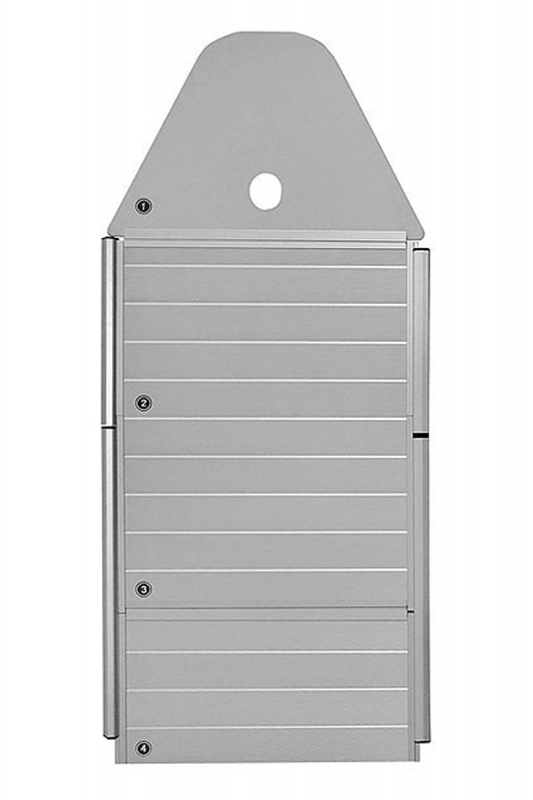 |
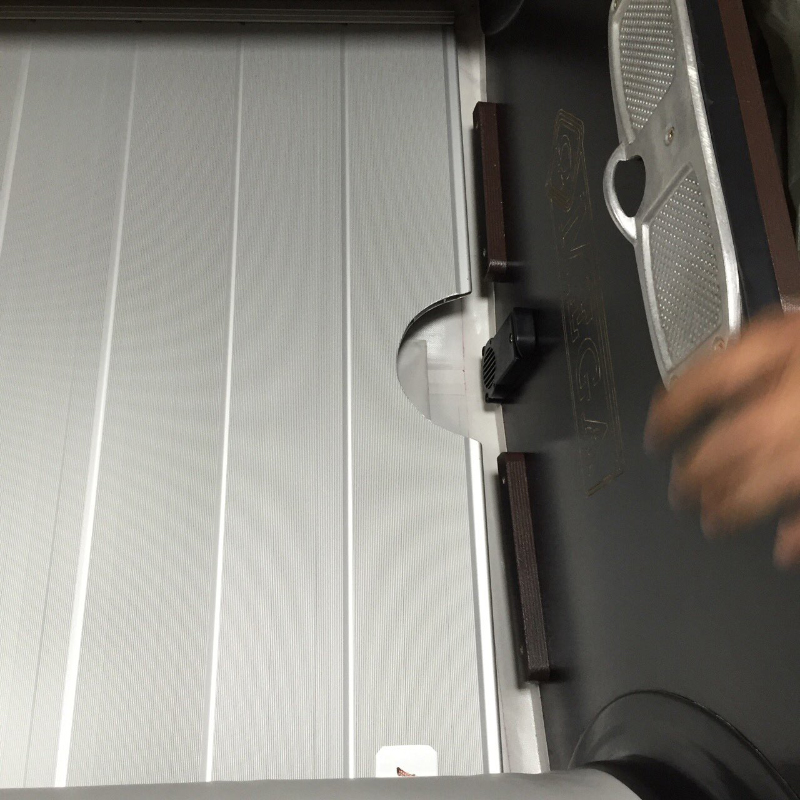 |
Air-deck (AD): is an inflatable high-pressure deck that consists of two layers of PVC, interconnected by synthetic threads, forming cellular structure. The thickness of the paiola is usually 70-80 mm. Air-deck is used on all types of inflatable boats. It is characterized by light weight, compactness and ease of assembly and disassembly. Air-deck can not be removed when folding the boat, simply by opening the valve and deflating. It is worth noting that the air-deck inflatable paiol has less rigidity compared to rigid plywood or aluminum paiols, which can be noticeable when the boat is operated under a powerful engine in a floating mode or in strong waves. However, this drawback is practically eliminated due to additional reinforcement with plywood sheets.
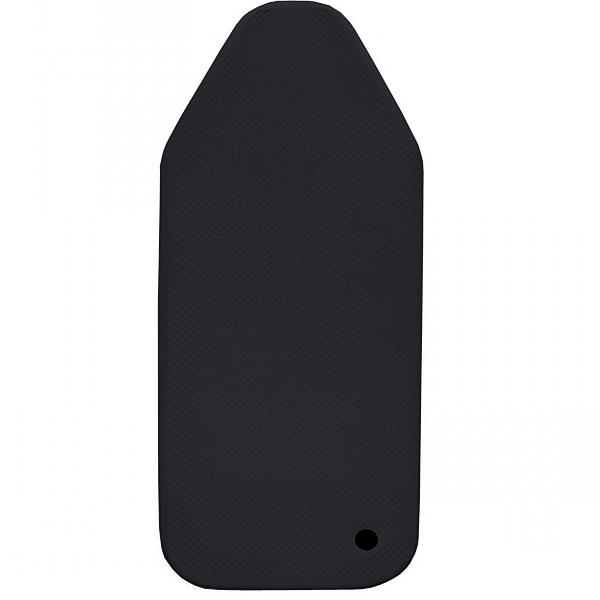 |
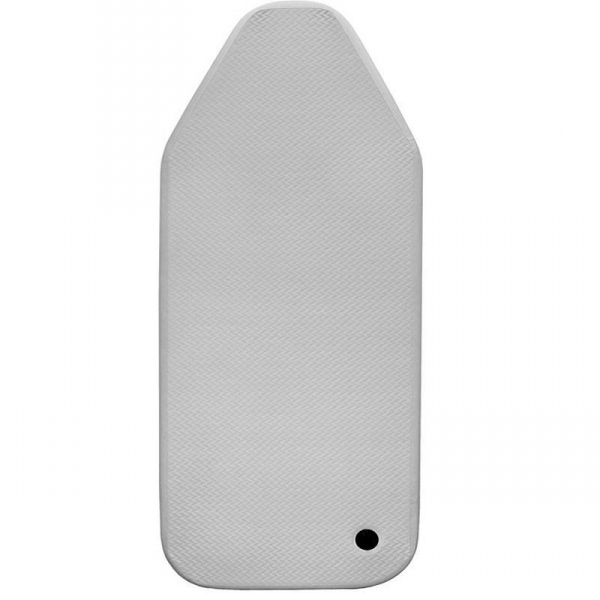 |
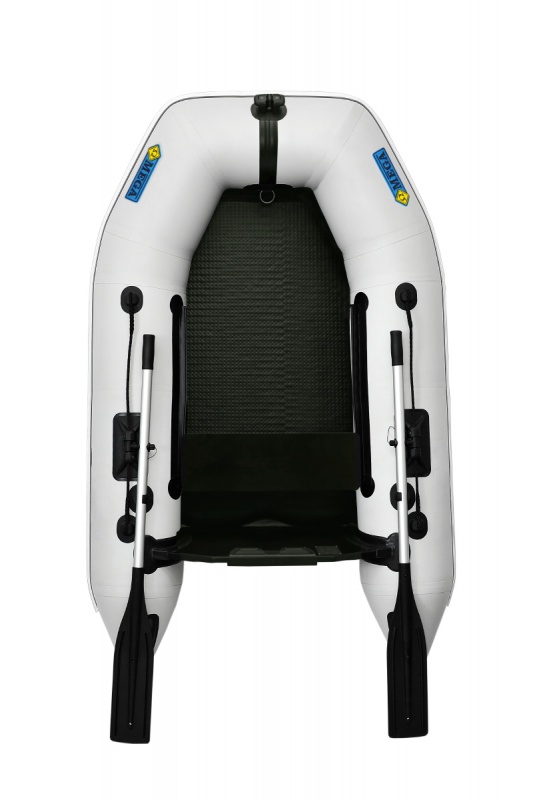 |
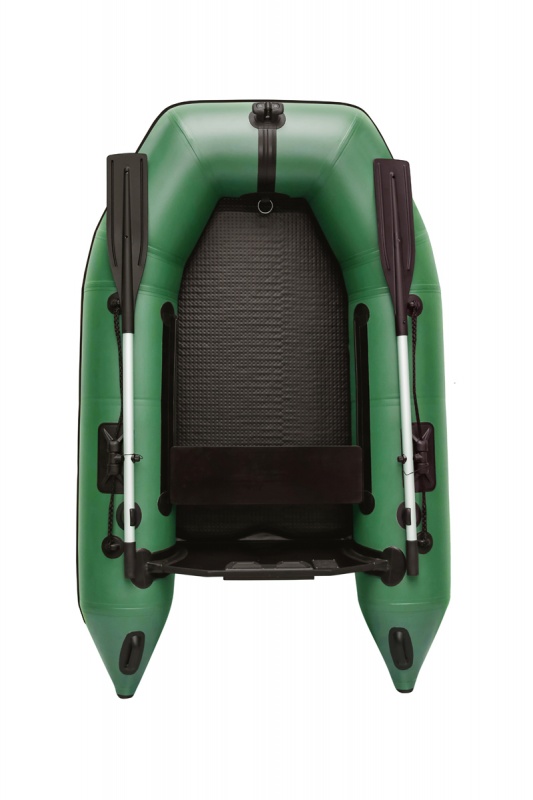 |
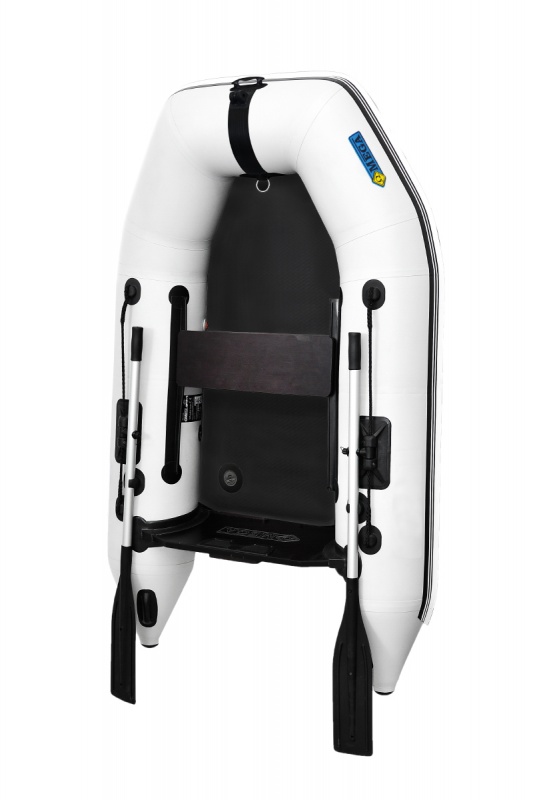 |
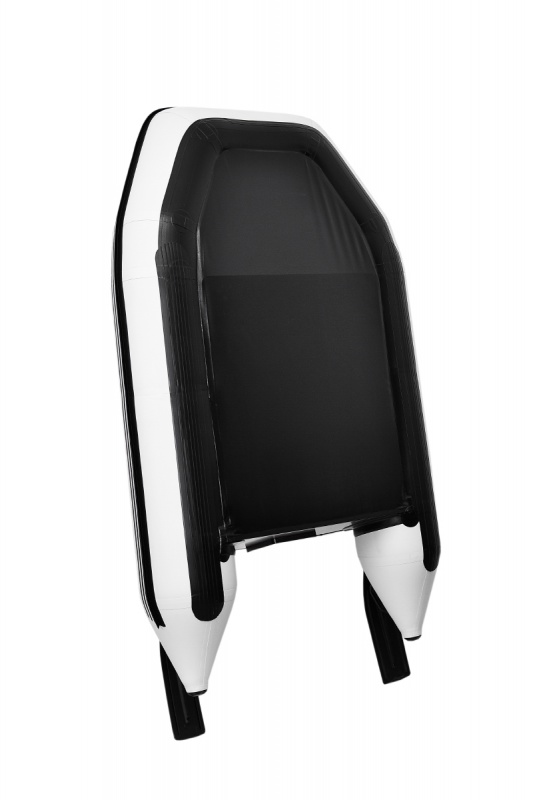 |
© ΩMega 2025 Created with by ABCname





To get a consultation